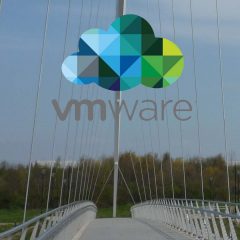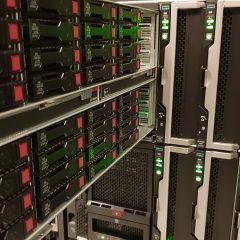VMware ESXi Syslog Errors – ‘System logs on host {host-name} are stored on non-persistent storage.’
KB ID 0000456 Problem Syslog Error Seen on ESXi 6.0 and 6.5 System logs on host {host-name} are stored on non-persistent storage. Syslog Error Seen on ESXi 5.1 Error Configuration Issues System logs on host {host-name} are stored on non-persistent storage. Syslog Error Seen on ESXi 5 Error Configuration Issues System logging is not configured on host {host-name}. Syslog Error Seen on ESXi 4 Error Configuration Issues Issue detected...
Windows Server 2012 – Install Error
KB ID 0000618 Problem I thought I’d spin up Server 2012 today, and as usual with all new OS’s I run them up in VMware Workstation to take a look (I’m running Workstation 8.0.3 build-703057). As soon as it started up I was greeted by this. Your PC needs to restart. Please hold down the power button. Error Code: 0x0000005D Parameters: 0x000000000FEBFBFF 0×0000000020000800 0×0000000000000000 0×0000000000000000 Below is...


